How Often Do Cats Pee?
Cats have an irresistible charm, captivating us with their elegance and independent spirit. As devoted owners, we’re often fascinated by their enigmatic behaviors. Among these curiosities, the frequency of a cat’s bathroom breaks stands out.
How often do cats pee? On average, a healthy adult cat urinates 2-4 times a day. However, this can vary based on age, health, diet, hydration levels, weight, environment, and from cat to cat. Kittens usually urinate more often due to small bladder and faster metabolism, but overweight cats produce more urine due to higher water intake.
And as for seniors, some may show increased frequency, and others may not. Furthermore, the urine amount is usually proportional to size, around 20-40 ml per kg of body weight. Well, that’s just the tip of the iceberg. Below, we unravel all the reasons behind a cat’s frequency of urination.
Looking for more articles about cats:
Normal Urination Frequency for Cats
Monitoring and understanding your cats’ regular peeing frequency can tell you a lot about your health and potential problems. So, let’s clear it up further. How many times a day/ 24 hours should an indoor cat pee? Or how often should a cat urinate?
Well, in general, in a 24-hour period, an indoor/pet cat generally urinates between 2 and 4 times with pale yellow urine. And certain felines have no problem urinating up to five times a day. So, more than that can indicate your cat is having some issues.

However, as we have mentioned, individual peeing frequency can be affected by several factors, like diet, age, health condition, environmental conditions, and overall water intake.
Also, kittens, males, females, and older cats can show a different pee schedule from one another.
Kitten
Being small and having a high metabolism, kittens tend to urinate more repeatedly than adult cats. Their tiny bladders fill up quickly and often need to relieve themselves shortly after each feeding. This is a natural behavior as their bodies process food and eliminate waste more rapidly.
Male and Female
Male and female cats both have a similar urination frequency. But according to some cat owners, males are bigger than most females, so they may have more urine volume just because they’re larger. Despite potential individual differences, both gender typically urinates around 3 to 5 times a day.
Older
As cats age, their urinary habits may change, and they may urinate more frequently. Older cats often experience conditions like kidney disease, diabetes, or bladder issues, which can lead to increased urination. Also, in certain cases, older cats may urinate less than normal, because of less water intake.
Please remember that these are general guidelines, and every cat may have their own distinct urinary patterns.
But what about the night; are they pee differently during nighttime? How often do cats pee at night? When night falls, cats typically show reduced urination activity. They tend to slumber peacefully without the need to relieve themselves.
However, as with daytime habits, cats can differ in their nighttime urination patterns. It is consensually viewed as normal if a cat refrains from urinating at all during the night.
Abnormal Urination in Cats
This refers to changes in frequency, difficulty or painful urination, blood in the urine, inappropriate urination, or excessive licking of the genital region, which can be caused by several.

And when it comes to cats, any abnormal peeing should be taken seriously. So, be vigilant and recognize the signs.
Factors That Influence Normal Urination Habits In Cats
Cats’ urination habits are affected by water intake, environmental factors (heat, humidity), food moisture, and medical conditions (kidney disease, bladder infections, hormonal imbalances).
Also, issues like FLUTD (feline lower urinary tract disease), bladder stones, and cancer can lead to infrequent urination. Let’s explore these factors in more detail.
Age
Just like humans, cats’ urinary habits can change as they age. Older cats may experience decreased bladder control or suffer from age-related conditions that affect their urination patterns. And as we mentioned, younger ones typically pee more often.
Health Conditions
Health conditions can have a significant impact on a cat’s peeing habits. Several common health issues that can cause changes in urination frequency and patterns include:
01. Urinary Tract Infections (UTIs): UTIs occur when bacteria or other pathogens invade the urinary tract, leading to inflammation and discomfort. Cats with UTIs may urinate less often due to pain or difficulty during liquid excretion.
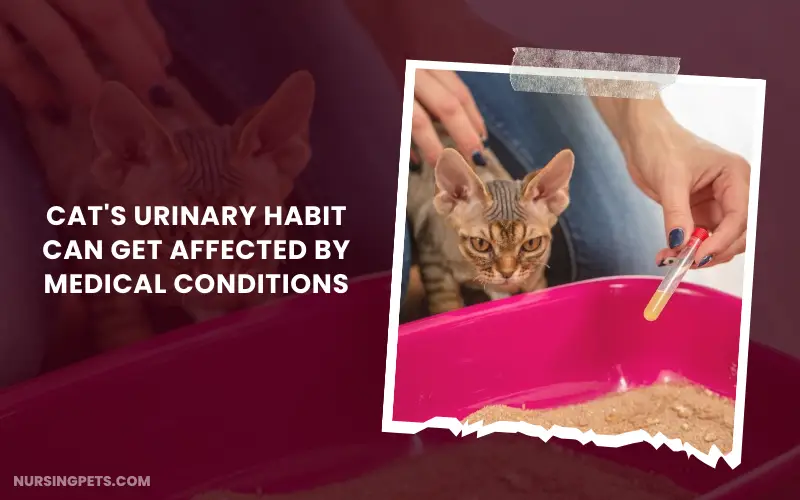
02. Urinary Tract Disorders: Feline lower urinary tract disease (FLUTD) can affect a cat’s ability to urinate normally. These types of disorders can cause urinary blockages, inflammation, or muscle spasms, resulting in reduced frequency.
03. Bladder Stones: Bladder stones are mineral formations that can develop in a cat’s urinary bladder. These stones can obstruct the urinary tract and cause discomfort, leading to infrequent pee habits.
04. Kidney Issues and Their Impact on Urination: Cats suffering from kidney problems, like chronic kidney disease (CKD), may go through shifts in their urination patterns. The concentration and production of urine can be affected by kidney issues, resulting in either increased or decreased frequency of urination.
However, the severity of the condition determines the specific changes in urinary discharge.
05. Diabetes: Diabetes mellitus is a metabolic disorder impacting blood sugar regulation. Cats with diabetes often show increased thirst and urination due to impaired glucose processing.

And when a secondary urinary tract infection occurs, the cat might experience decreased frequency of urination.
06. Incontinence: Incontinence refers to the loss of bladder control, leading to involuntary urine release. It can stem from different causes like nerve damage, hormonal imbalances, or anatomical abnormalities.
Cats experiencing incontinence may struggle to hold their urine, which can manifest as either increased or decreased frequency of urination.
Diet
The type of diet a cat consumes can influence their voiding patterns. Diets that lack proper hydration or contain excessive amounts of certain substances (such as salt or minerals) can impact urinary function.
High-quality, balanced diets that promote adequate hydration are generally recommended for maintaining healthy urinary etiquette.
Water Intake
The amount of water a cat drinks directly affects their urination frequency. If a cat doesn’t drink enough water, their urine becomes concentrated, leading to less frequent urination.

Encouraging sufficient water intake, such as through wet food or providing fresh water sources, can help maintain regular urination.
Stress or Anxiety and Environment
Stress, anxiety, and environmental factors can significantly impact a cat’s bladder routine. Cats are sensitive creatures, and changes in their environment or emotional well-being can affect their urinary behavior. Such as:
Stress or Anxiety: Cats can experience stress or anxiety due to various factors such as changes in routine, loud noises, unfamiliar visitors, or conflicts with other pets. When a cat feels stressed or anxious, it can lead to alterations in its peeing habits.
Some cats may urinate more frequently or outside the litter box as a response to heightened emotions.
Litter Box Location: The placement and accessibility of the litter box are crucial for a cat’s bladder routine. If the litter box is difficult to access or located in an area that makes the cat uncomfortable, they may choose to urinate elsewhere.
Cats prefer quiet and private locations for their litter boxes, away from high foot traffic areas or noisy appliances.
New Pet: Introducing a new pet to the household can trigger stress and territorial conflicts among cats. This can impact a cat’s urination habits, causing them to urinate less frequently or outside the litter box as a way to mark their territory or express their discomfort.

Dirty Litterbox: Issues related to the litter box can lead to changes in a cat’s peeing behavior. Cats may avoid using a dirty or smelly litter box or if the litter is not to their liking (e.g., wrong texture or scent).
Unclean litterboxes or not having enough litterboxes available for multiple cats in a household can also contribute to inappropriate urination.
Changes in the Household: The cat’s environment plays a crucial role in its usual routine. Changes in the household, such as moving to a new home or rearranging furniture, can disrupt a cat’s sense of security and result in changes in their Individual voiding tendencies.
Cats are creatures of habit, and sudden alterations to their territory can cause stress and lead to irregular peeing patterns.
Monitoring and Managing Urination in Cats
It is essential to closely monitor and manage the urination habits of our beloved feline companions. Keeping an eye on their frequency, volume, and consistency will enable you to establish a baseline for future comparisons and identify any potential changes or concerns.
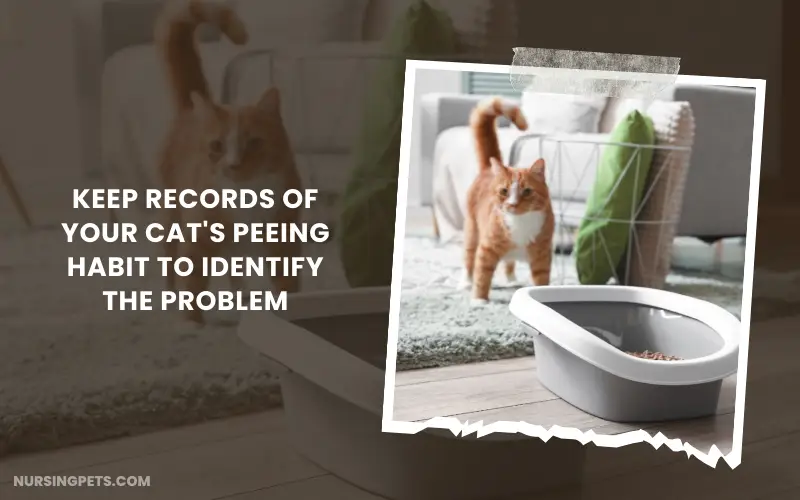
Now follow our guidance on effectively monitoring and managing your cat’s urination, ensuring their urinary system remains healthy, and any potential issues are addressed promptly.
Observing and Documenting Urination Habits
As mentioned, keeping a record of your cat’s voiding habits can aid in identifying any changes or irregularities. Create a simple log or use a dedicated pet care app to record the following information:
When To Seek Veterinary Assistance
Cats peeing more often than usual could be a sign of health problems. So, when should you seek veterinary assistance for your cat?
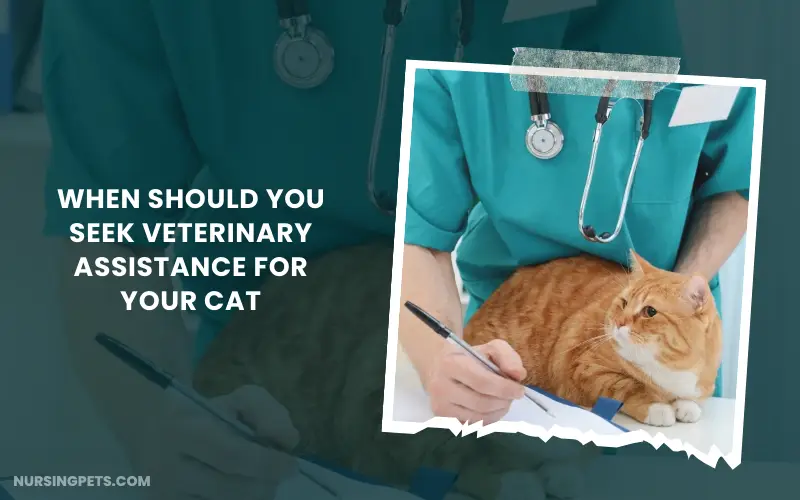
If your cat shows any of the following symptoms or medical issues along with increased urination, you should contact your vet as soon as possible:
Your vet will examine your cat and perform some tests to diagnose the underlying cause of the increased urination.
Tips for Maintaining a Healthy Urinary System in Cats
A healthy urinary system is invaluable for the overall well-being of your feline friend. Urinary tract issues can be risk-laden. Thankfully, you can take some actions to aid a fit urinary system and reduce the likelihood of complications. Those are:
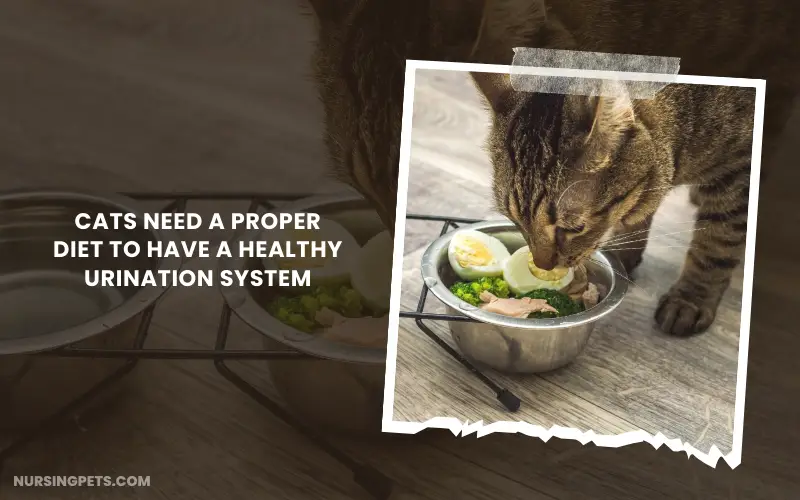
Remember, each cat is unique, and their specific needs may vary. If you have concerns about your cat’s urinary system or notice any unusual signs, consult your veterinarian for personalized advice and guidance.
By implementing these tips, you can help maintain a healthy urinary system for your beloved feline companion.
Do Cats Have a Pee Schedule?
Cats have flexible pee schedules, unlike humans. The frequency and volume usually vary depending on factors like age, health, diet, and environment. And you know, kittens urinate more due to their size and faster metabolism.
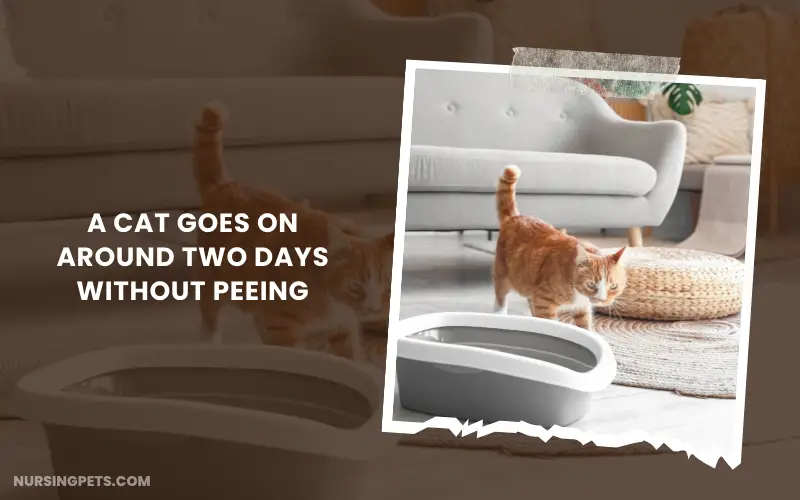
But, mature cats may show predictable routines. It is usually 2 to 5 times a day. And some pee slightly more or less without displaying any consistency.
How Long Can a Cat Go Without Peeing?
On average, a cat has the ability to hold their urine for one to three days. However, most cats typically urinate once a day. If you notice a decrease in your cat’s urine output compared to their usual habits, it is a matter of concern.
A healthy cat typically urinates more than twice a day. While cats can generally go without peeing for 24 to 48 hours, this can vary depending on different factors. However, when a cat hasn’t urinated for more than two days, it may indicate a UTI or blockage.
Frequently Asked Questions
01. Is It Normal for a Cat to Only Pee Once a Day?
A normal healthy adult cat usually urinates between 2 and 4 times a day. However, some normal healthy cats may urinate just once or twice a day. If you notice signs of pain and distress or your cat is producing little urine, it might have urinary tract problems.
02. What If My Cat Hasn’t Peed In 72 Hours or 2 Days?
When your cat hasn’t peed in 72 hours, it could indicate a health issue. Contact a vet for advice as soon as possible. There could be a medical issue for the problem.
And prompt veterinary attention is important to diagnose and treat the underlying issue.
03. Is It Normal for a Cat to Not Pee All Day?
We already discuss a cat can go without peeing within 24 to 48 hours a day. But that doesn’t mean it’s normal behavior. A cat staying away from the litter box all day long can indicate there is something wrong. It could be the first sign of illness.
Summary
Cats usually piss 2 to 4 times daily. Factors like age, diet, health, and individual differences can affect this. Kittens and seniors pee more, while adults may have a consistent pattern. Regular monitoring and hydration are vital for urinary health. And see a vet for significant changes or difficulties in peeing.
Image Source:
- Canva.com/photos
- Shutterstock.com
References or Sources:
- “Cat Pee 101: Is My Cat’s Urine Normal?” Pet Health Network, available at: https://www.pethealthnetwork.com/cat-health/cat-checkups-preventive-care/cat-pee-101-my-cats-urine-normal (Accessed: June 11, 2023).
- Wikipedia contributors. (2021, September 15). Feline lower urinary tract disease. In Wikipedia, The Free Encyclopedia. Retrieved 13:28, June 14, 2023, from https://en.wikipedia.org/wiki/Feline_lower_urinary_tract_disease
- Animal Path. (n.d.). How Long Can a Cat Go Without Peeing? Retrieved June 14, 2023, from https://animalpath.org/how-long-can-a-cat-go-without-peeing/
- Vetinfo. (n.d.). What Is a Normal Feline Urination Frequency? Retrieved June 14, 2023, from https://www.vetinfo.com/what-is-a-normal-feline-urination-frequency.html
- PetMD. (n.d.). Why Is My Cat Peeing a Lot? Retrieved June 14, 2023, from https://www.petmd.com/cat/symptoms/why-is-my-cat-peeing-a-lot

